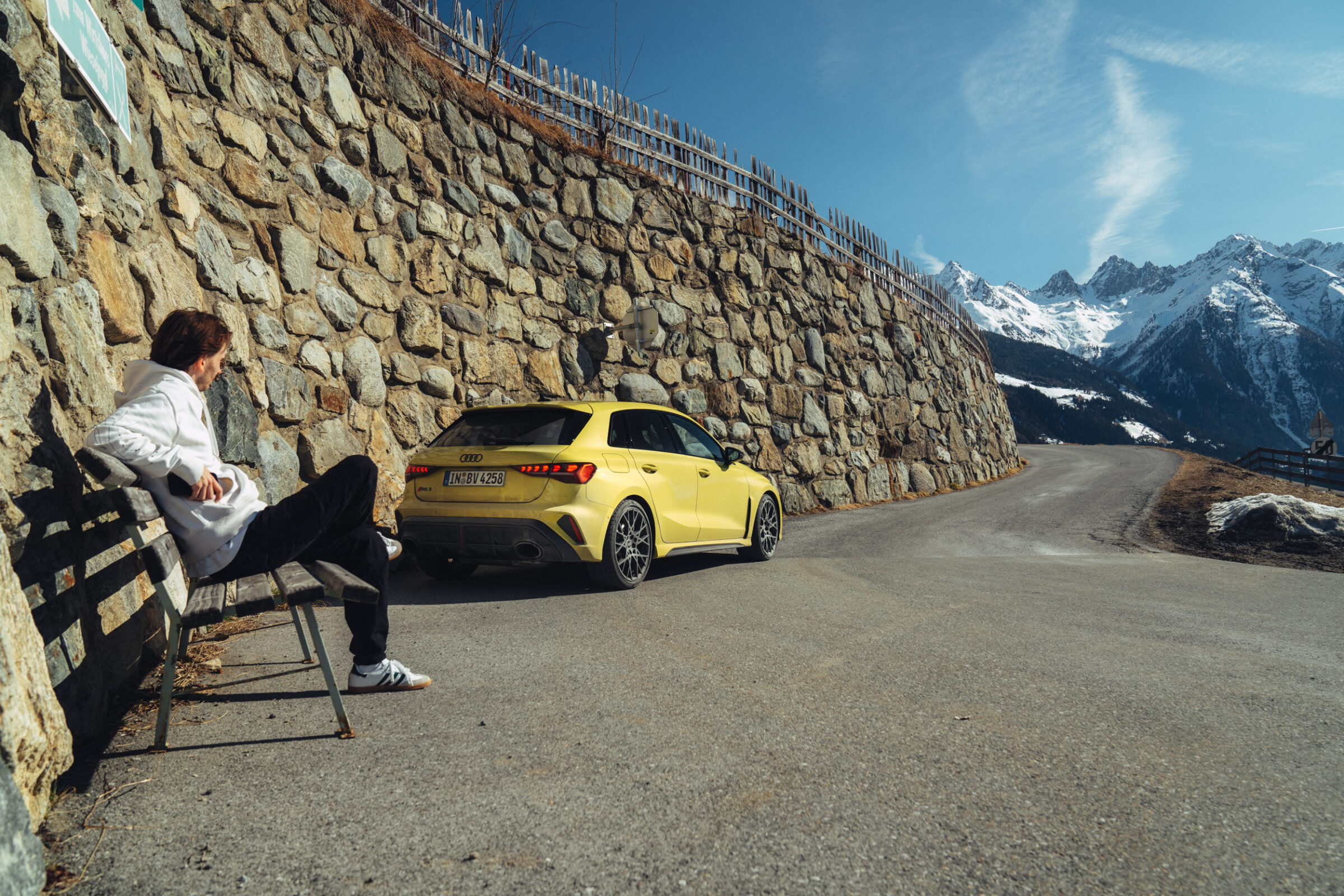MGB Roadster Limited Edition
One of Europe’s most popular summer classics is undoubtedly the MGB Roadster. This two-seater British convertible inherited the MGA in 1962 and rolled off the production line some 524,000 times by December 1980 (including MGC and MGB GT). Thanks to its self-supporting body and crank windows, the MGB was considered pioneering and modern at its debut. The four-cylinder engine with 70 kW/95 hp from a displacement of 1.8 liters, which accelerated the car to 62 mph in around 11 seconds, also contributed to this. From 1965, the Roadster was joined by the MGB GT coupé. Two years later, it was joined by the MGC with identical bodywork, which received a 2.9-liter six-cylinder engine with 108 kW/145 hp instead of the four-cylinder. The parent company BLMC wanted it to replace the Austin-Healey 3000. However, the intended customer group didn’t play along, which is why the MGC was dropped from the program in 1969 after only 9,002 units.
Three series from 1962 to 1980
Various modifications were made to the MGB Roadster, resulting in a total of three series called Mark I, Mark II and Mark III. The Mark II came with a fully synchronized four-speed gearbox, a new rear axle and a three-phase alternator. On request, the MGB could now also be ordered with an automatic transmission. However, this option wasn’t available on the most important export market, the USA. In addition, three windshield wipers were used there instead of the usual two. This was the only way to clean the percentage of the windshield required by U.S. registration regulations. MG made the actual change from the Mark II to the Mark III in 1972. Mainly the modifications this time concerned the interior. Since the U.S. issued new safety regulations for 1974 that required the body to withstand accidents up to about 5 mph without deformation. This led to black, steel-reinforced rubber bumpers and the nickname “rubber boat”.




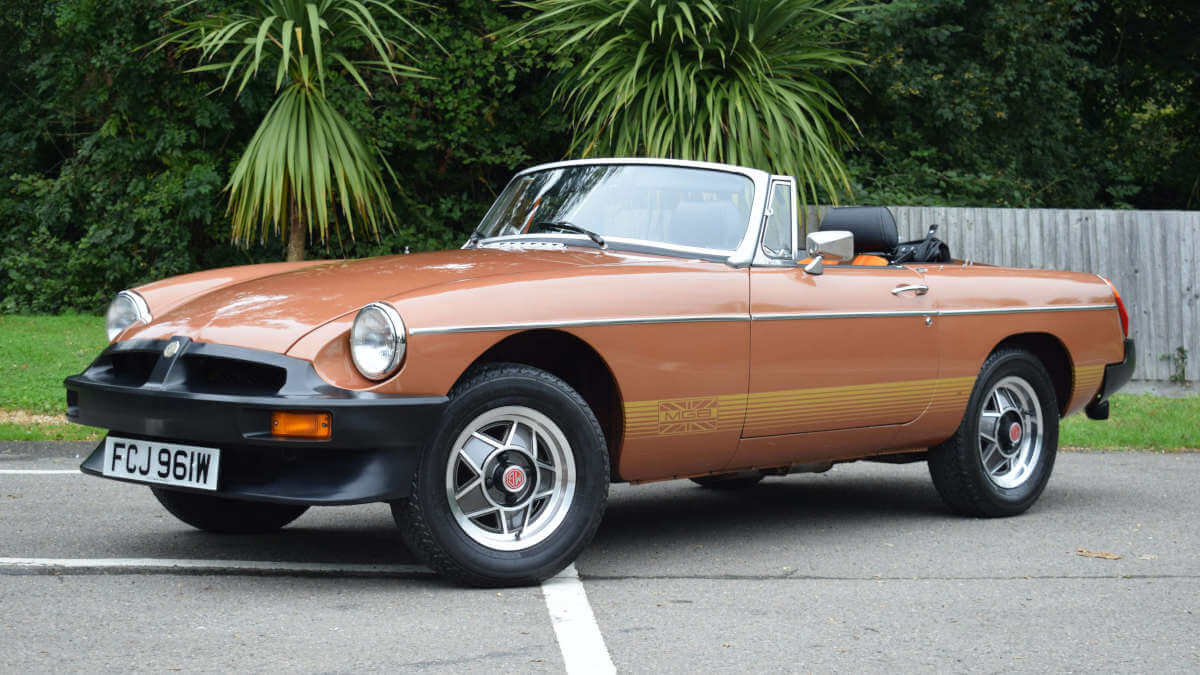

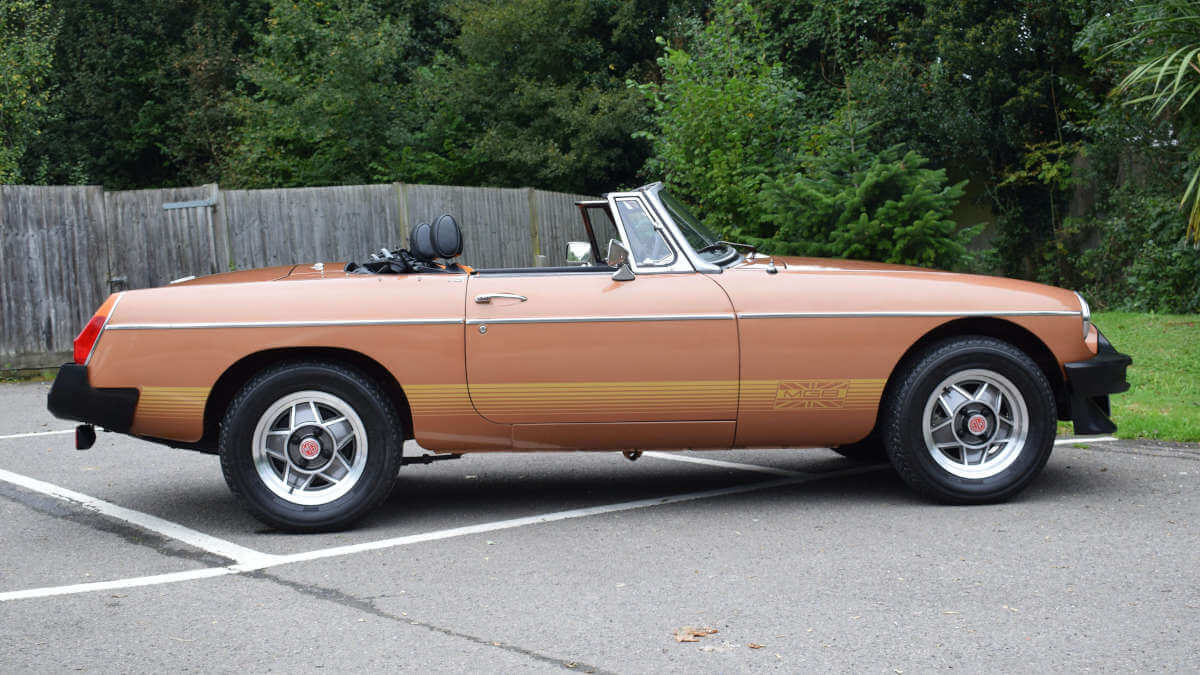

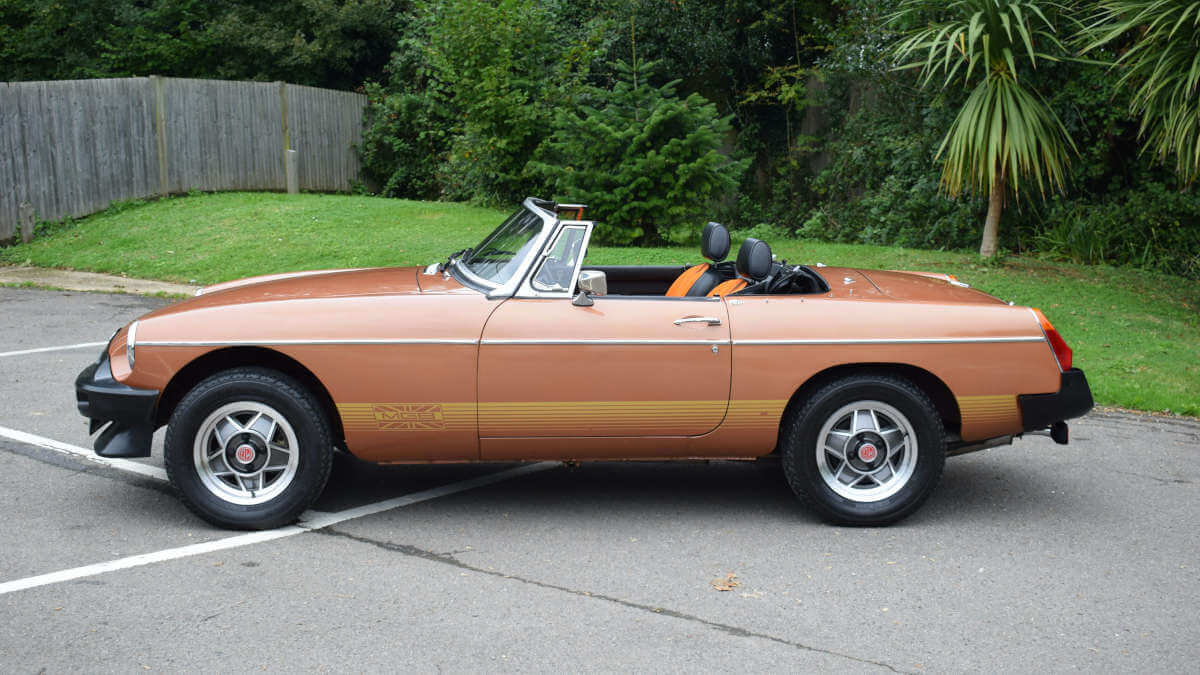

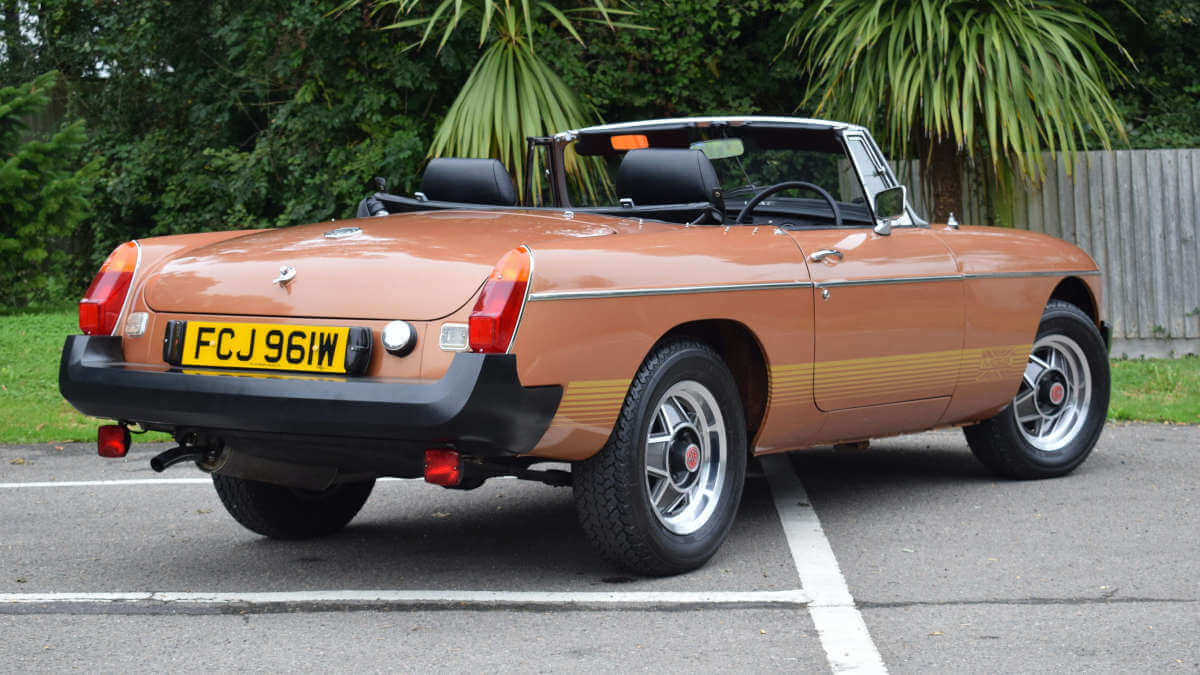







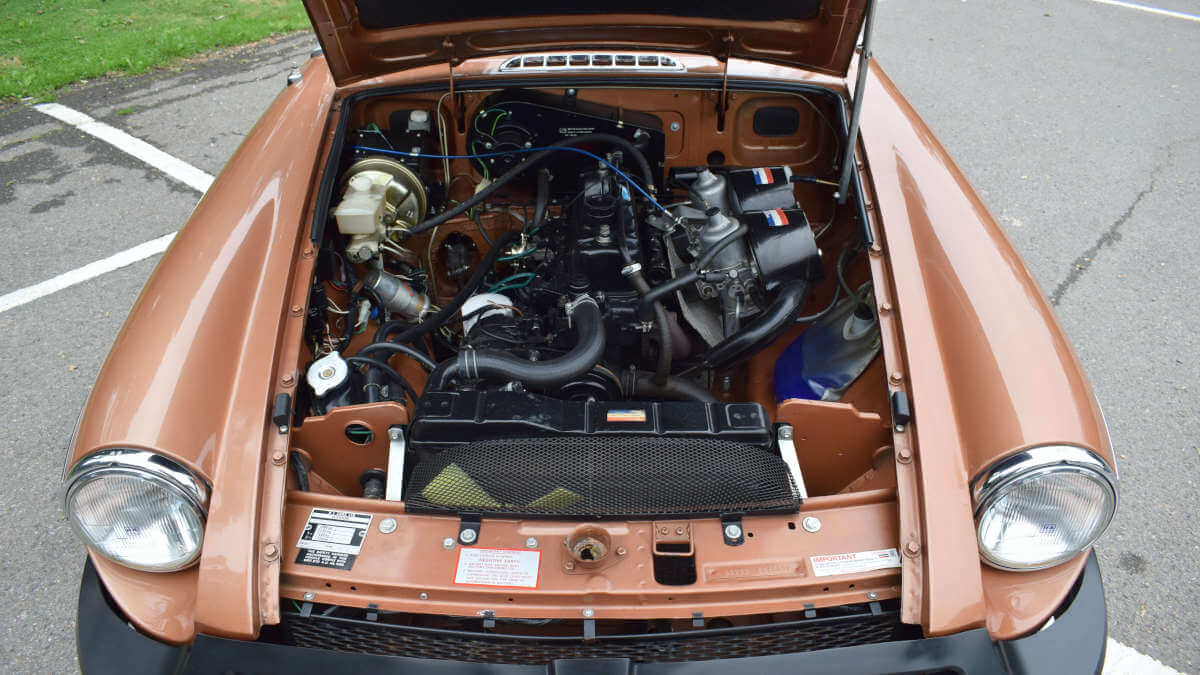



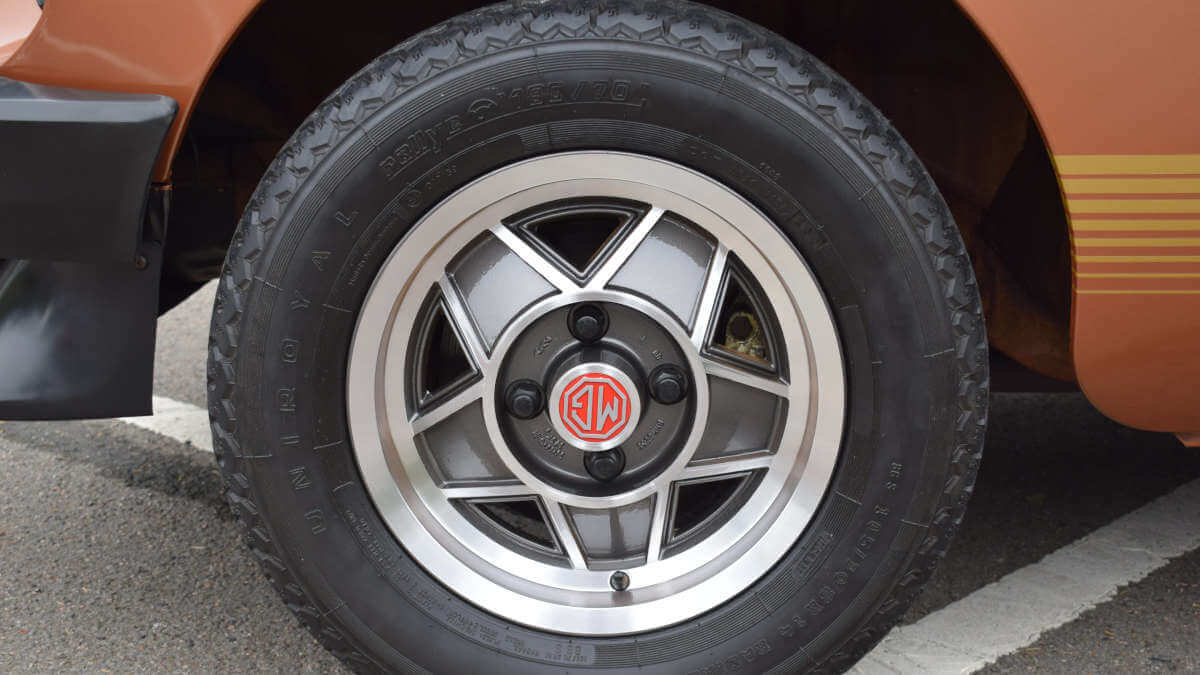





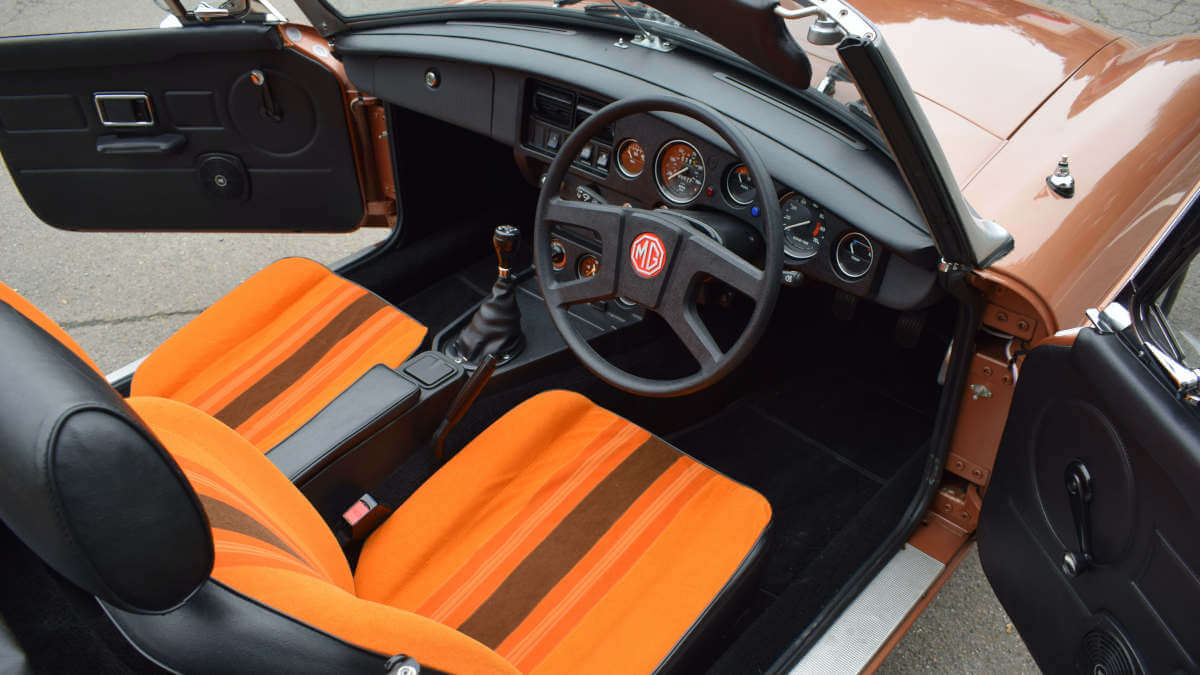

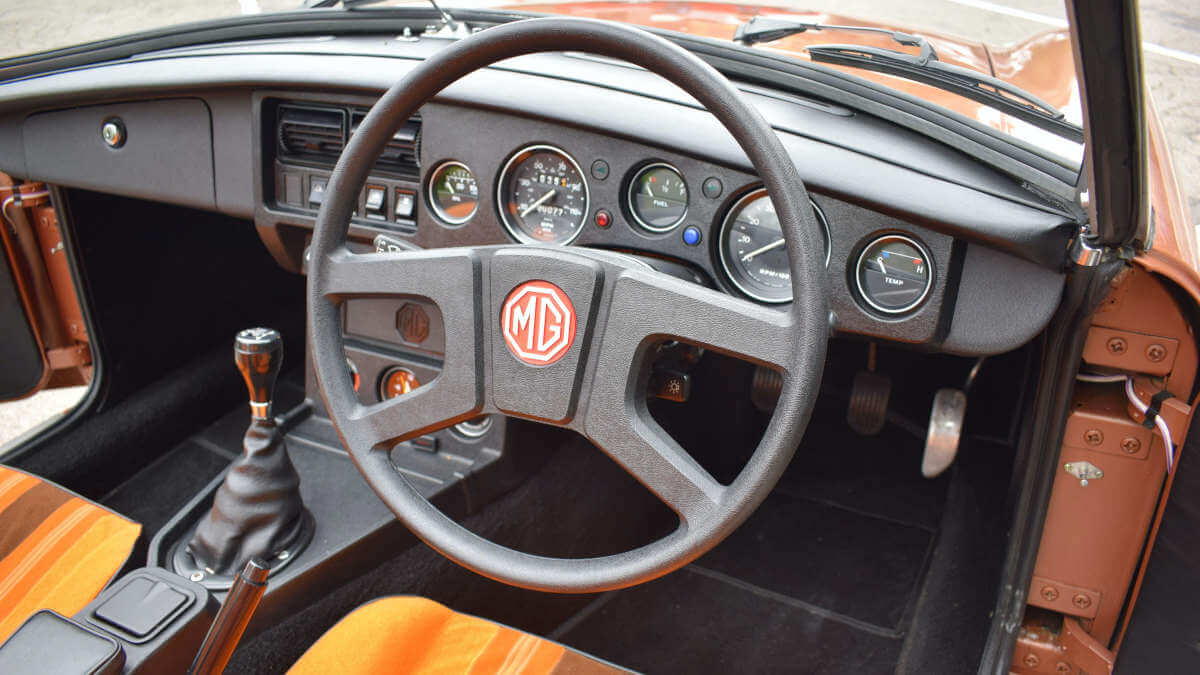

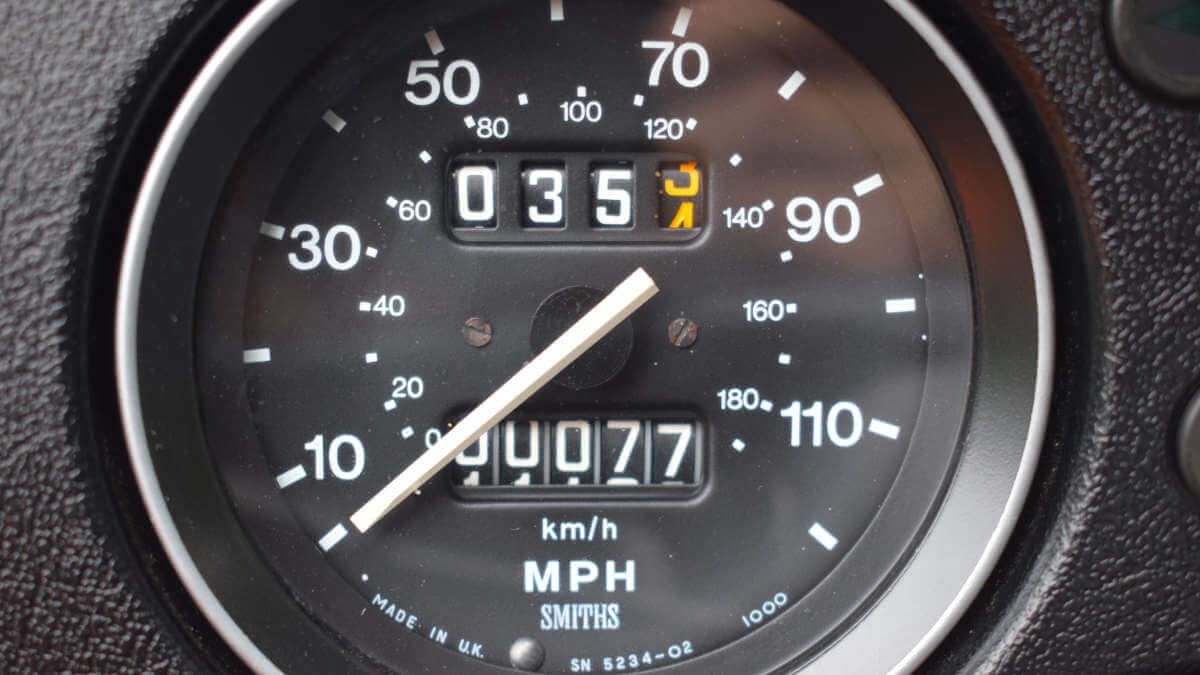



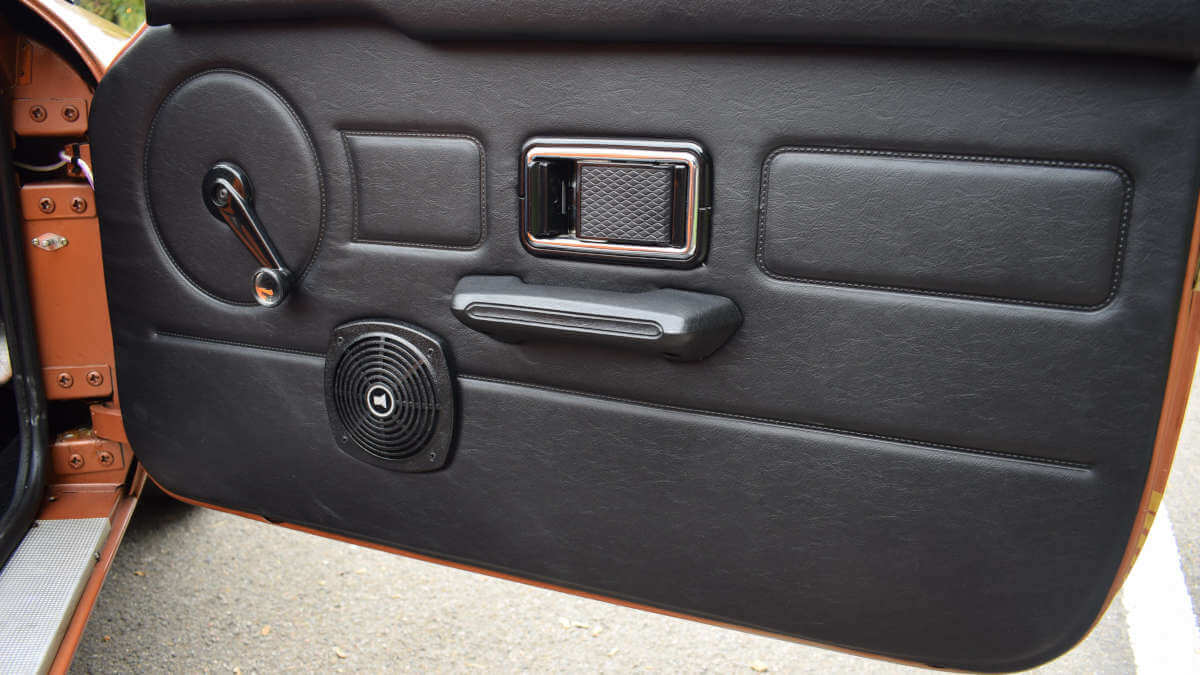







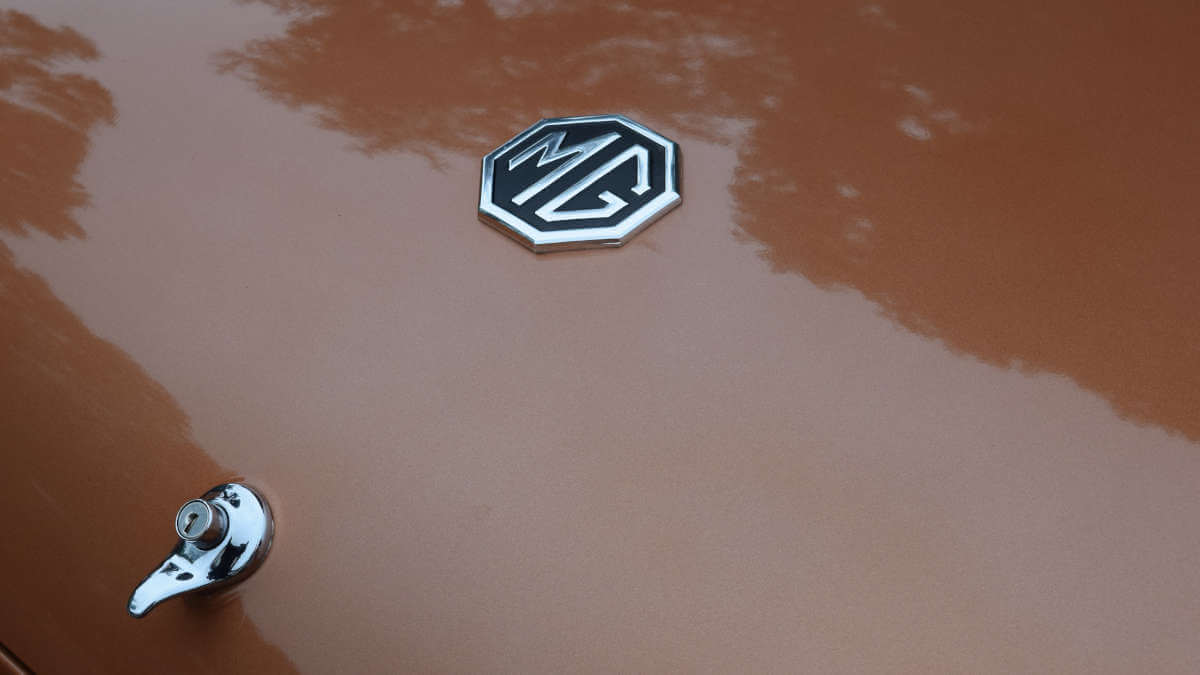

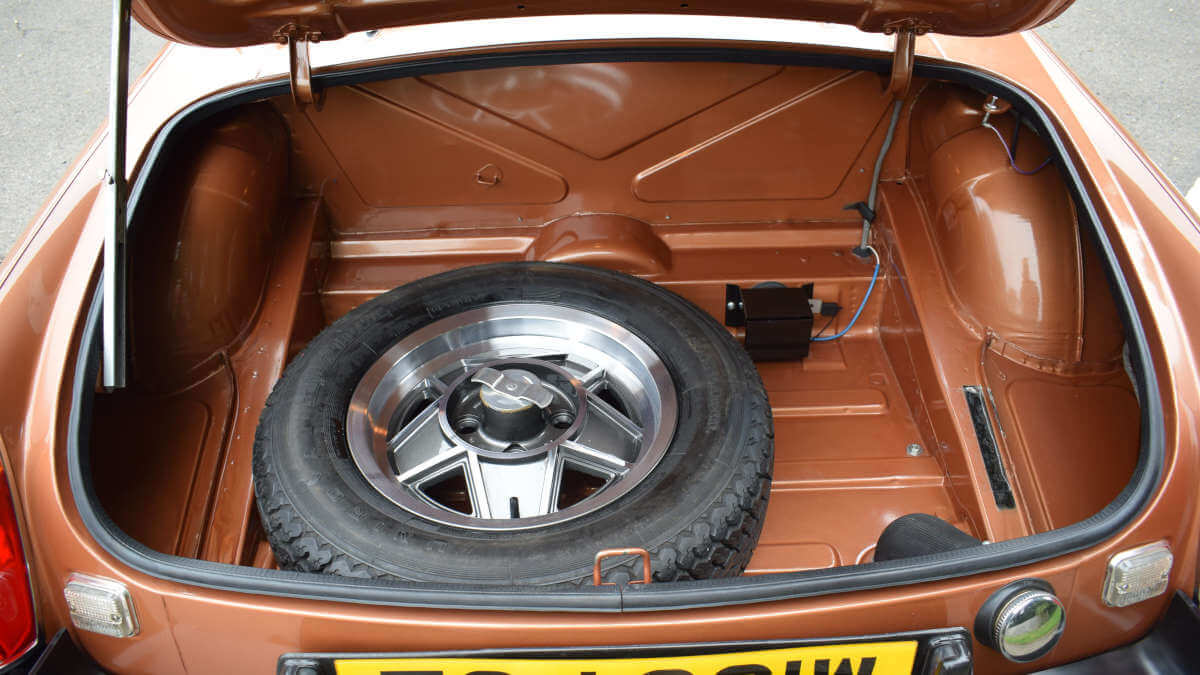

From the Mark III to the Limited Edition
In addition to the visual changes, all MGBs from now on received a higher chassis with 25 millimeters more ground clearance. This was also due to U.S. regulations, which specified a certain height for the headlights. BLMC didn’t want to have new sheet metal presses made and therefore looked for a simpler solution, which was finally found in the raised suspension. However, this also bought significantly worse handling characteristics. These became even worse when, from 1975, the previously standard anti-roll bar on the front axle was dispensed with and was only available at extra cost. It wasn’t until 1977 that changes were made to the chassis geometry and stabilizers were again fitted as standard. From 1979 there was the special Limited Edition (LE) for the 50th anniversary of the MG production in Abingdon. These were the last 1,000 vehicles built in this traditional production facility.
Time capsule with 77 miles of mileage
The Limited Edition was available either as a GT in “Pewter metallic” or as a Roadster in “Bronze metallic”. Standard features included overdrive transmission, orange seat upholstery and alloy wheels from the Triumph Stag, although the Roadster could also be ordered with wire wheels if desired. A spoiler lip joined below the front rubber bumper. A total of 480 Roadsters and 520 GTs were produced. Car & Classic auctions and MGB Roadster LE, which was acquired in 1981 by the operator of a tire shop together with a second example. Both were directly dry stored and never driven. In 1983, he sold the cars again. Three more owners followed until 2016, when the current owner took over this MG. There are only 77 miles on the clock. A time capsule like this rarely comes on the market.
Images: Car & Classic



